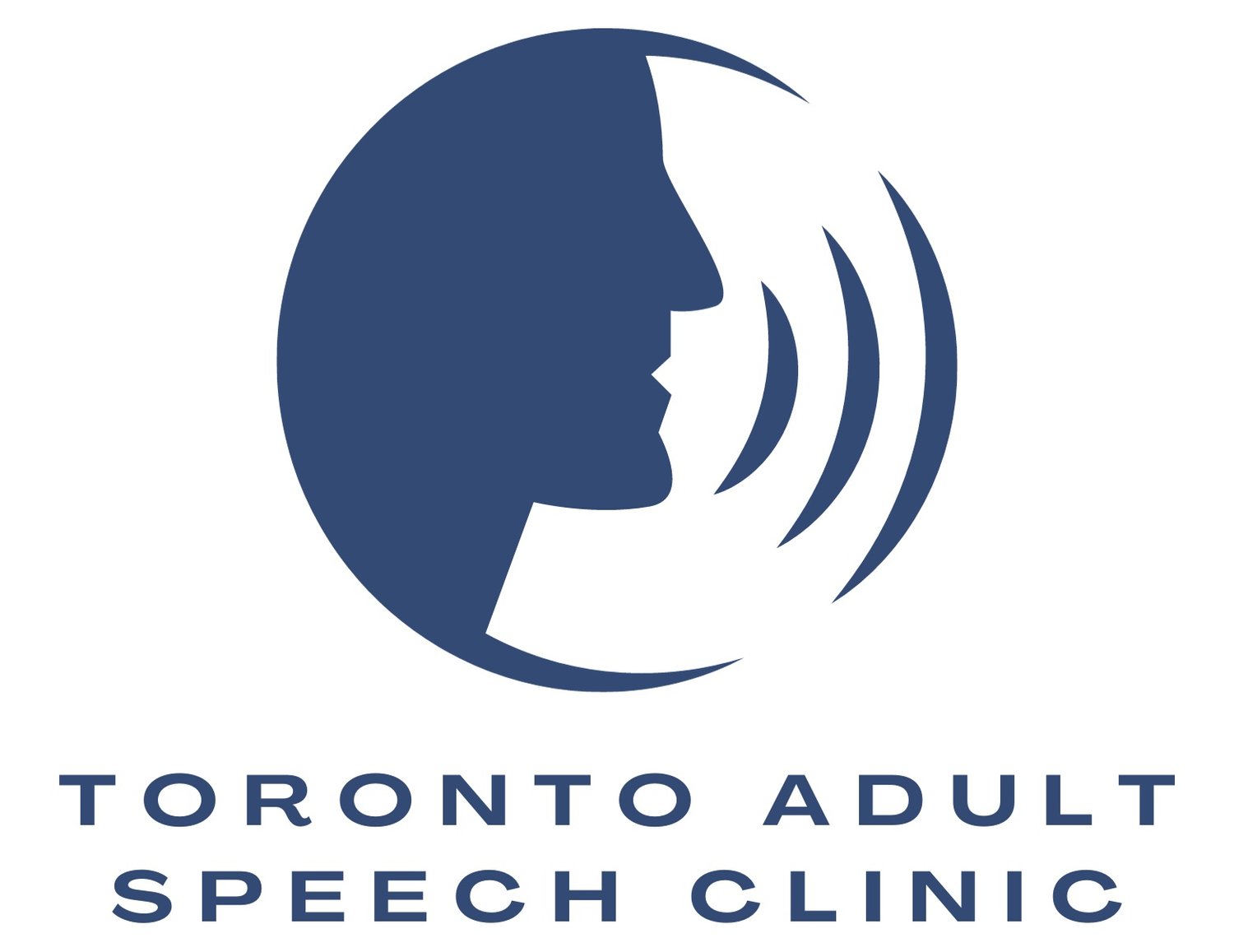This, Dat, and Ze Over Fing- Exploring the English /th/ sound
This, Dat, and Ze Over Fing
Exploring the English /th/ sound
The English "th" sound (as in “this or thin”) is one of the most common therapy targets that non-native English speakers elect to seek speech therapy for at my clinic. The reason? Just read through this first paragraph and out of the fifty-six words, fifteen have the "th" sound somewhere within them. That’s a frequency of twenty-seven percent.
For a sound so commonly found in the English language, it is not surprising that it is often very noticeable when it is produced in a different way. More often than not, this different way of saying "th" is not a result of any speech disorder, and rather is a result of "th" not being a sound that is used in another language, or at least not in the same way.
Let me explain that statement a little more.
In every language, there are a fixed number of “sounds” produced when speaking that language. These sounds are sometimes represented in writing by the consonants or vowels used, but we know, especially for English, that a letter does not always represent a single sound. For example, the “c” in “cat” is a different sound from the “c” in “cent.” Another example- “t” when written alone in English makes a different sound that when “t” is written beside “h” as in the “th” sound. This gets more complicated by the fact that there are actually two sounds represented by the spelling or letter combination “th” (as in “this” or “thin”). This can be even more confusing for English vowel sounds (but we won’t get into that here).
The plot thickens…
So, if a language does not have the specific sound for English “th,” it is often replaced by another sound found in that language. How does the brain decide which sound to assign to replace “th”? If you think of the position of your mouth and tongue when producing “th” (tongue between teeth), this is close to the position of other sounds like “f” (top teeth on bottom lip) or “d” (tongue behind teeth at top of mouth), etc.. If these positions of the mouth and tongue are common in someone’s native language but the position for “th” is not- the brain chooses a close relative (granted, this is a simplification of the process).
These substitutions of “close relative” sounds wouldn’t be a major problem for comprehension except for the fact that most of the replacements for “th” that non-native English speakers use are other sounds in English- so you can see how it can get confusing (e.g. “Did you say fin or thin?” “Did you say dare or there?”).
Appreciating that this confusion may arise, I should also mention that native English speakers are accustomed to hearing and even making many substitutions that occur for “th.” With context it is often easy for the brain to fill in the meaning of a sentence even with one mispronounced consonant on a word (e.g. “The plate goes dare” makes no sense to a native English speaker, so they would be likely to infer the speaker meant “The plate goes there.”)
Relying on context is sometimes not enough to be understood however, particularly if there are other sounds in English that a non-native English speaker does not have in their repertoire. That is often when an adult will elect to seek out speech therapy from a registered speech therapist (or speech-language pathologist), to learn the sounds that are causing the greatest challenges for being understood in day-to-day interactions.
It is possible to retrain the brain to produce a new sound, including “th,” but it is not an effortless process. Like I mentioned above, the brain learned the English language and made substitutions for the sounds it wasn’t familiar with. In effect, you aren’t just teaching a new sound, you are breaking a habit- and that takes work.
At TASC, we use the most recent literature to inform our accent modification and articulation therapy services for our adult clients. Contact us today to find out how our programs can help to improve your mastery of the spoken English language.
For more information on our philosophy about speech-language pathology and working on accent modification for adults see our blog post “Foreign Accents and English-Professional Considerations for Accent Modification.”

